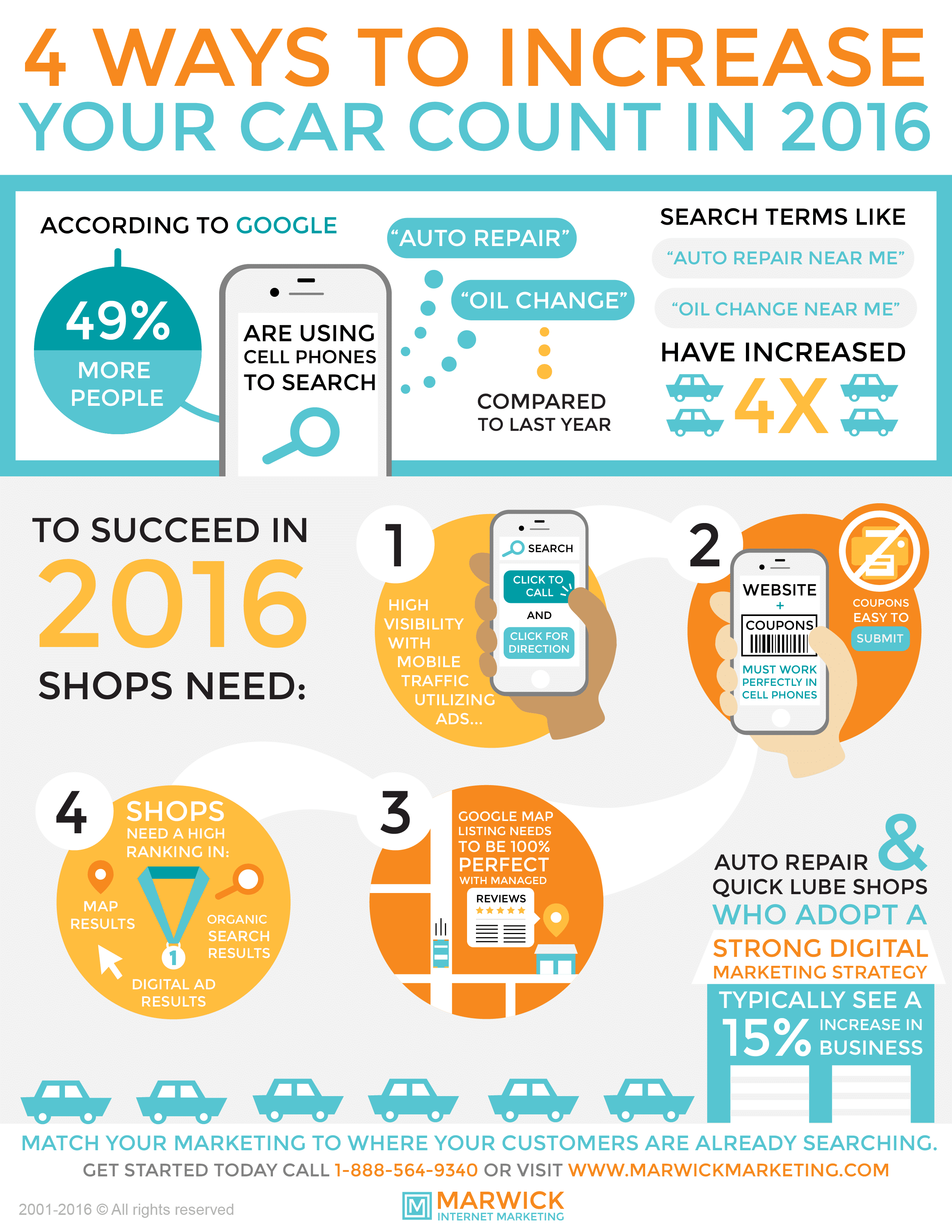Looking For Quality On The Caution Lights Presented On Your Auto'S Dashboard? Learn Exactly How They Associate With Your Automobile'S Health And Wellness
Looking For Quality On The Caution Lights Presented On Your Auto'S Dashboard? Learn Exactly How They Associate With Your Automobile'S Health And Wellness
Blog Article
Content Author-Termansen Forbes
When you lag the wheel, those glowing warning lights on your control panel can be a little bit difficult. Do you recognize what they're attempting to inform you about your automobile's health? Recognizing the importance of these lights is crucial for your security and the durability of your vehicle. So, the next time one of those lights pops up, wouldn't you intend to analyze its message accurately and take the required steps to address it?
Common Warning Lighting and Interpretations
Recognize common caution lights in your vehicle and recognize their definitions to guarantee risk-free driving.
The most regular caution lights include the check engine light, which indicates concerns with the engine or discharges system. If this light comes on, it's essential to have your car inspected without delay.
The oil stress cautioning light suggests reduced oil stress, calling for prompt focus to avoid engine damages.
A flashing battery light may recommend a defective charging system, potentially leaving you stranded otherwise resolved.
The tire stress surveillance system (TPMS) light signals you to low tire stress, influencing automobile stability and fuel effectiveness. Disregarding this could result in risky driving conditions.
The abdominal muscle light suggests an issue with the anti-lock braking system, compromising your ability to stop swiftly in emergency situations.
https://www.gobankingrates.com/saving-money/travel/tips-on-declining-rental-car-insurance-with-your-credit-card-even-if-you-dont-have-a-car/ but not least, the coolant temperature advising light warns of engine getting too hot, which can result in extreme damages if not solved promptly.
Understanding these usual warning lights will assist you attend to issues immediately and preserve risk-free driving problems.
Relevance of Prompt Attention
Recognizing the usual warning lights in your automobile is only the very first step; the value of immediately addressing these warnings can not be stressed enough to ensure your security when driving.
When a warning light illuminates on your control panel, it's your car's means of communicating a possible issue that needs attention. Neglecting these warnings can lead to a lot more extreme troubles in the future, compromising your safety and possibly costing you a lot more in repairs.
https://cheapoilchange38406.webbuzzfeed.com/31748689/become-efficient-in-recognizing-the-best-automobile-repair-shop-by-utilizing-these-10-beneficial-recommendations to advising lights can stop failures and accidents. For instance, a flashing check engine light could indicate a misfire that, if left ignored, might trigger damage to the catalytic converter. Addressing this promptly can save you from a pricey repair work.
Similarly, a brake system alerting light may signal reduced brake liquid or worn brake pads, important parts for your safety when driving.
Do It Yourself Troubleshooting Tips
If you discover a caution light on your control panel, there are a couple of do it yourself troubleshooting tips you can try prior to looking for expert help.
The first step is to consult your car's guidebook to comprehend what the details warning light shows. Occasionally the problem can be as simple as a loose gas cap triggering the check engine light. Tightening up the gas cap might resolve the issue.
An additional usual problem is a low battery, which can cause various alerting lights. Inspecting the battery links for corrosion and ensuring they're safe and secure could deal with the problem.
If a caution light lingers, you can attempt resetting it by separating the auto's battery for a few minutes and then reconnecting it. Furthermore, examining your car's fluid degrees, such as oil, coolant, and brake fluid, can aid fix advising lights associated with these systems.
Verdict
To conclude, comprehending your cars and truck's caution lights is necessary for keeping your automobile running smoothly and safely. By quickly resolving these informs and knowing what they suggest, you can avoid costly repair work and potential failures.
Bear in mind to consult your cars and truck's manual for certain information on each warning light and do something about it appropriately to ensure a hassle-free driving experience.
Keep educated, remain safe on the road!
